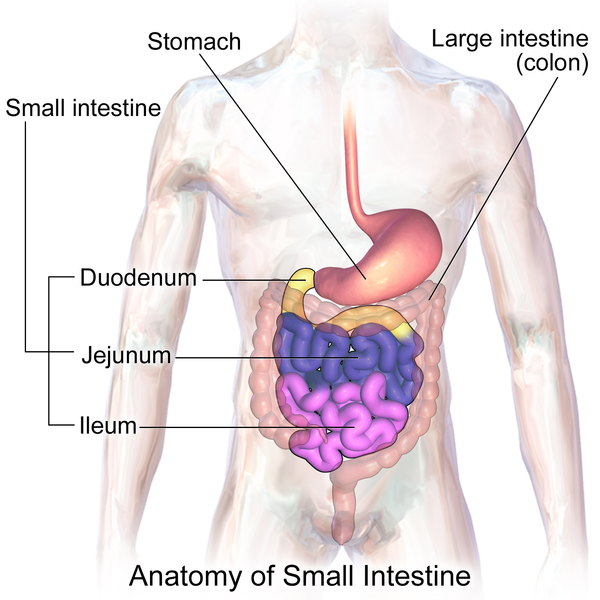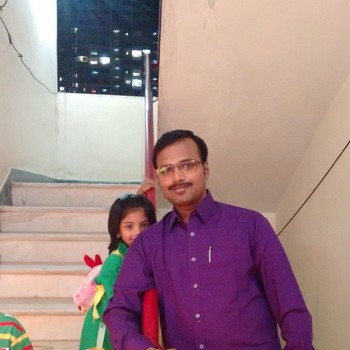What happens in the small intestine?
1 Answer
The process of digestion actually will be finished in the small intesting. Absorption of digested food into the blood stream also takes place in the small intestine only.
Explanation:
Most of our food is digested and then absorbed in the small intestine. The primary function of this organ is nutrient, mineral, and calorie absorption.
Chemicals in the small intestine digest food. Once food has been digested, it is absorbed into our bodies through diffusion or active transport.
The small intestine can be further broken up into three parts: the duodenum, the jejunum, and the ileum.

The duodenum is connected to the stomach. In the duodenum, chyme from the stomach and digestive enzymes and bile from the pancreas and liver break down protein and fat.
In the jejunum, the digested food such as glucose, amino acids, vitamins, and fatty acids, is absorbed. This part of the small intestine has several structures that increase total surface area, allowing more nutrients to be absorbed.
Finally, in the ileum, whatever was not absorbed by the jejunum may be absorbed here. Vitamin B12 is also absorbed in this part of the small intestine. Whatever chyme is remaining (chyme is what the mass of food and water is called) goes to the colon.


